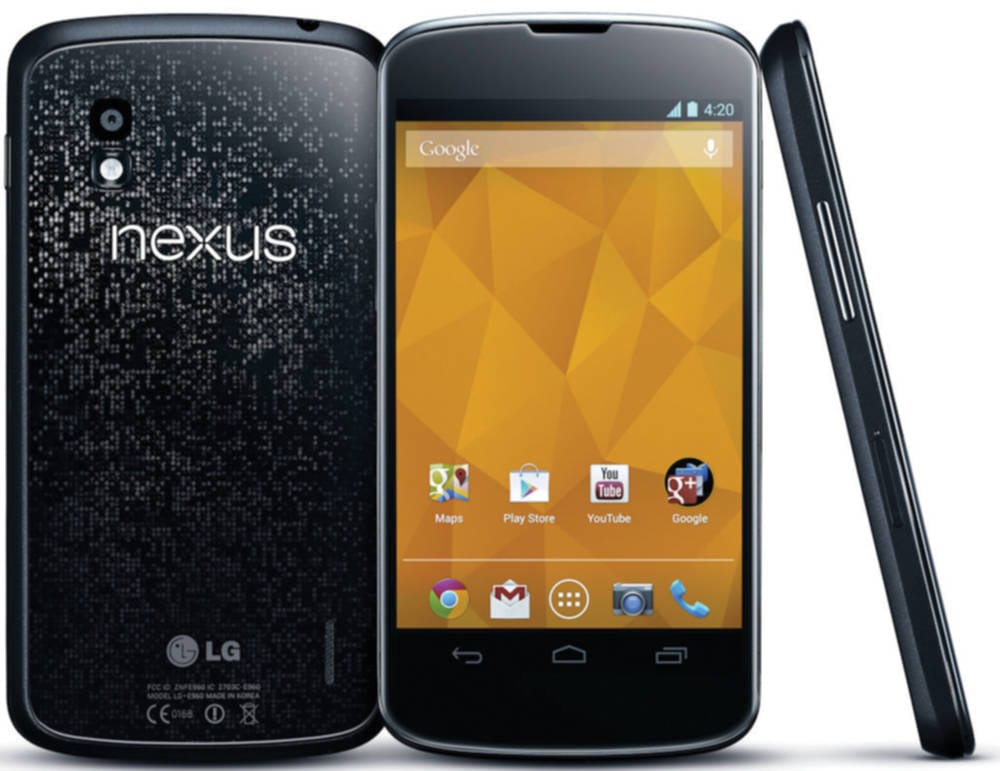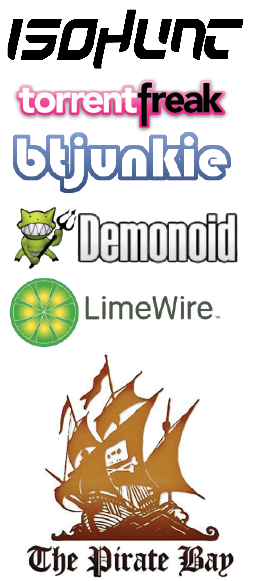Google Nexus 4, worth it?
Can Google’s “cheap” phone stand up to the high-end without killing your budget?

The best effort at a Nexus phone so far, albeit with some teething issues.
When Google announced the Nexus One phone in 2010, it was not too much of a success. There was a lack of consumer interest, save the enthusiasts. The phone had great hardware, at that time, but it failed to capture the attention of consumers. On the software front, stock or vanilla Android was an ugly mess – other manufacturers had to slap on their own “skins” to bring some kind of aesthetics to the user interface (UI). The next two iterations were not that great either. The Nexus S and the Galaxy Nexus had pretty standard hardware at their release, and weren’t that exciting. Nexus 4 is their latest attempt and it has achieved considerable success on many fronts, while failing on several others.
The Nexus 4 was designed in collaboration with LG, a manufacturer who is not that well known in the Android ecosystem, leading at least initially to some scepticism with the device. It featured the top of the line hardware at the time of release, and even now at the time of writing. Phones of early 2013, at least, will be matching the specifications of the Nexus 4. It features a Quad-core Qualcomm Snapdragon System-on-Chip along with a generous 2 GB of RAM. The phone looks stunning. At just £279 for an unlocked phone bought directly from Google, the phone is very competitively priced. But the hardware is also where the phone fails, in some ways.
There are three ways in which the phone’s hardware falls short. Firstly, the phone has a noticeable lack of support for Long-term Evolution (LTE), the 4G technology that is widespread in the US and is becoming more available in the UK, and elsewhere. Google has (in)famously decided to exclude LTE support to prevent issues with carrier lock-ins and other licensing shenanigans. Secondly, the phone has limited flash memory support, coming in at only 8 GB and 16 GB. Finally, Google has opted to cover the back of the phone with glass. Whilst this makes the phone look sleek, having a glass back can lead to cracked phones. While these hardware issues might be mere minor annoyances to some people (and the author, admittedly), there exists a larger issue: availability.
Google has had severe issues with future. This will be nothing, but helpful to grow the number of Android users, and make more money for Google. The phone availability since launch day has been low. This is apparently due to the demand for the phone being ten times than that which Google expected. It is virtually impossible to buy the phone directly from Google at the time of writing, and thus enjoy the highly competitive price. Sure, you could go to Carphone Warehouse or opt to purchase the phone on contract, but you would be paying more than necessary. The software front of the phone, however, is admittedly pretty perfect, in my opinion.
Jelly Bean (Android 4.2), is the best version of Android so far. The UI has been polished and looks aesthetically pleasing and modern. This puts the rather dated UI of iOS on iPhones and iPads to shame. I would argue that the stock version of Android is now the best version of Android to use. Skins that manufacturers like HTC and Samsung slap onto the UI now feel extraneous and seem to bog down the performance of the UI. The software is lag free, or buttery-smooth as Google would like to say. The new features of this latest iteration of Jelly Bean has been highlighted in my previous article “More Jelly Bean and a new family of Nexus” published on 18/11/2012.
The Nexus 4 is simply a joy to use.









